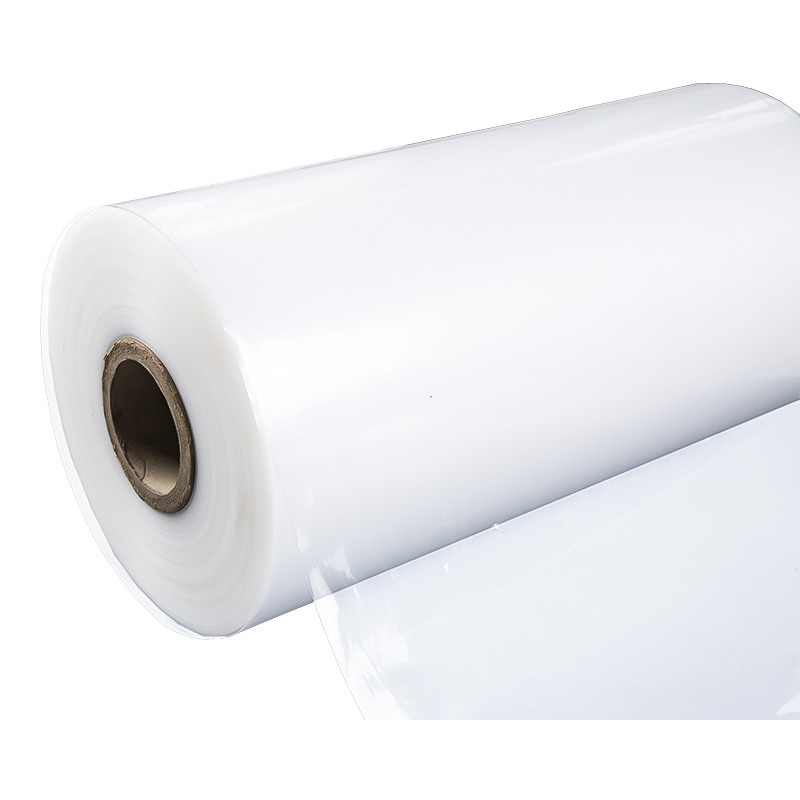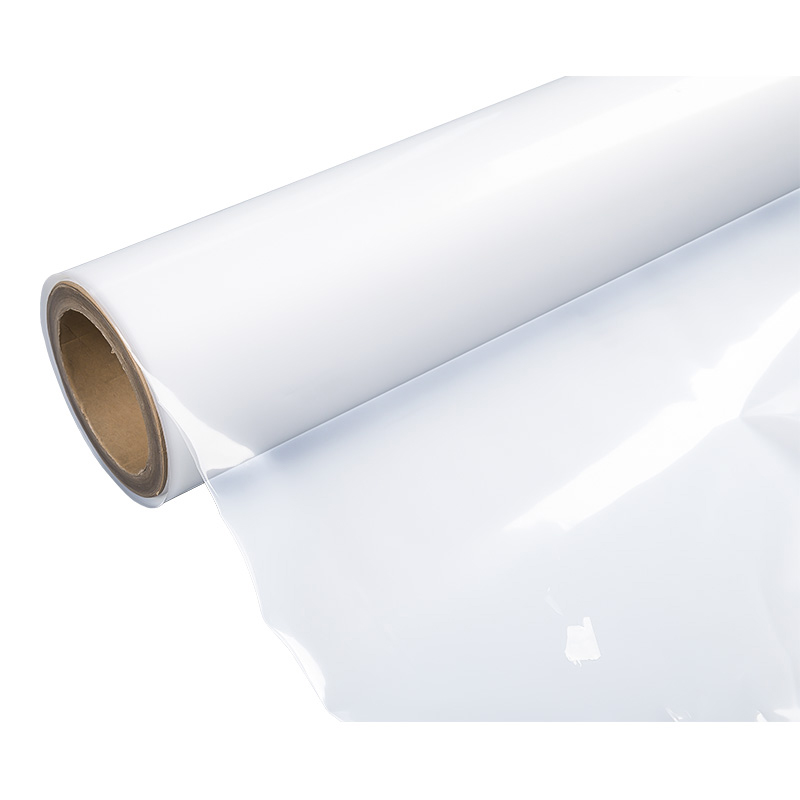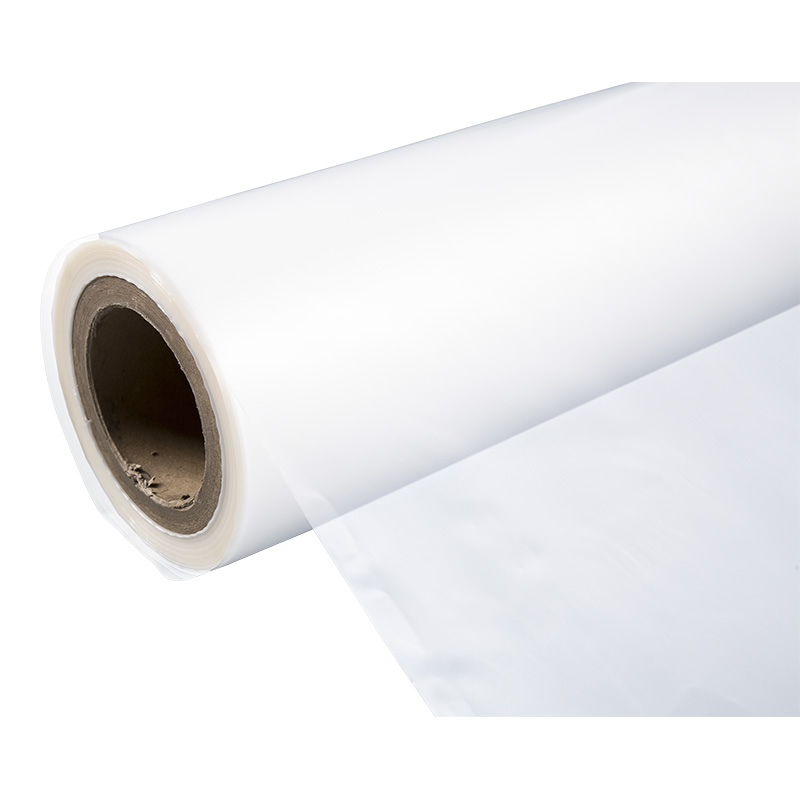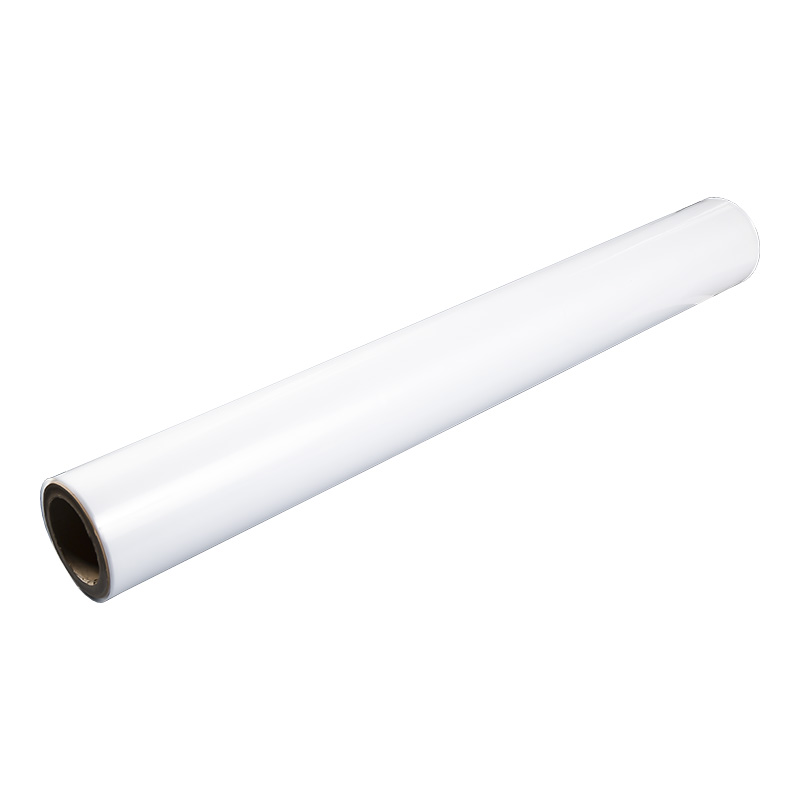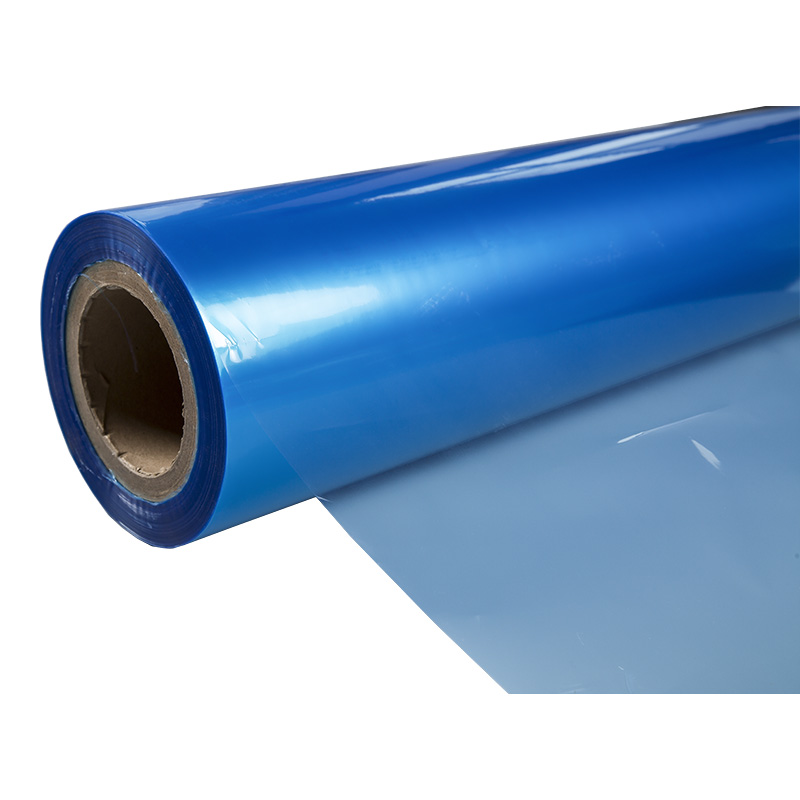1. Raw material selection and processing
For the production of Tissue film, commonly used raw materials mainly include polymers such as polyethylene (PE), polypropylene (PP), etc. The selection of these raw materials should be based on the end use of the product, performance requirements, and cost considerations. Polymer raw materials should have excellent physical properties, chemical stability and processing properties to ensure the uniformity and quality stability of the final product. Selecting high-purity raw materials and reducing the content of impurities and foreign matter is the key to ensuring product uniformity and quality stability. The molecular weight distribution, melt index and other parameters of the raw materials should be controlled within a certain range to ensure stability during the extrusion and stretching process. Conduct strict evaluations on raw material suppliers to ensure that their raw material sources are reliable, of stable quality, and have a complete quality management system.
2. Precise control of process parameters
During the production process, precise control of process parameters is the key to ensuring the uniformity and quality stability of Tissue film. This includes many aspects such as temperature, pressure, speed, etc. For example, during the melt extrusion process, the temperature of the extruder needs to be strictly controlled to ensure that the raw materials can be melted evenly; during the stretching process, the stretching speed and draw ratio must be precisely controlled to obtain the ideal film structure and performance. In addition, parameters such as cooling speed and winding tension also need to be accurately adjusted to ensure the flatness and winding effect of the film.
3. Advanced production equipment and technology
The use of advanced production equipment and technology is an important means to improve the uniformity and quality stability of Tissue film. For example, high-precision extruders, stretching machines and winding machines are used. High-precision extruders are one of the core equipment for the production of Tissue film. It adopts advanced temperature control system and precise mechanical structure to ensure that the raw materials can be melted evenly and extruded stably. The extruder’s screw design is also optimized to accommodate the melting characteristics of different feedstocks, resulting in uniform films. The stretching device is the key equipment for producing high-quality Tissue film. It uses precise stretching speed and stretching ratio to form the ideal microstructure of the film during the stretching process. This structure gives the film excellent mechanical and optical properties while ensuring its uniformity and stability. The cooling system adopts efficient cooling technology to ensure that the film is cooled and shaped in time after stretching to prevent thermal shrinkage and deformation. The winding system uses an advanced tension control system to maintain the flatness of the film during the winding process and prevent wrinkles and wrinkling.
4. Strict quality management system
Establishing a complete quality management system is an important guarantee for ensuring the uniformity and quality stability of Tissue film. This includes formulating detailed production processes and operating specifications, clarifying quality standards and inspection methods for each link; establishing a strict quality inspection system to conduct comprehensive inspections of raw materials, semi-finished products and finished products to ensure that products meet quality requirements; strengthening employee training and quality control Awareness education to improve employees’ understanding and emphasis on quality management.
5. Continuous improvement and innovation
With the continuous advancement of technology and changing market demands, continuous improvement and innovation are important ways to maintain the uniformity and quality stability of Tissue film. Manufacturing enterprises should pay close attention to industry development trends and technological developments, introduce new technologies, new processes and new materials in a timely manner, and optimize production processes and product structures; at the same time, they should strengthen cooperation and exchanges with scientific research institutes and universities to carry out technological innovation and research and development. , to promote the sustainable development of the Tissue film industry.
Measures to ensure uniformity and quality stability in the Tissue film production process involve raw material selection, process control, equipment technology, quality management and innovation. Only by comprehensively considering these factors and taking effective measures can we produce high-quality, high-stability Tissue film products to meet market demand and win customer trust.
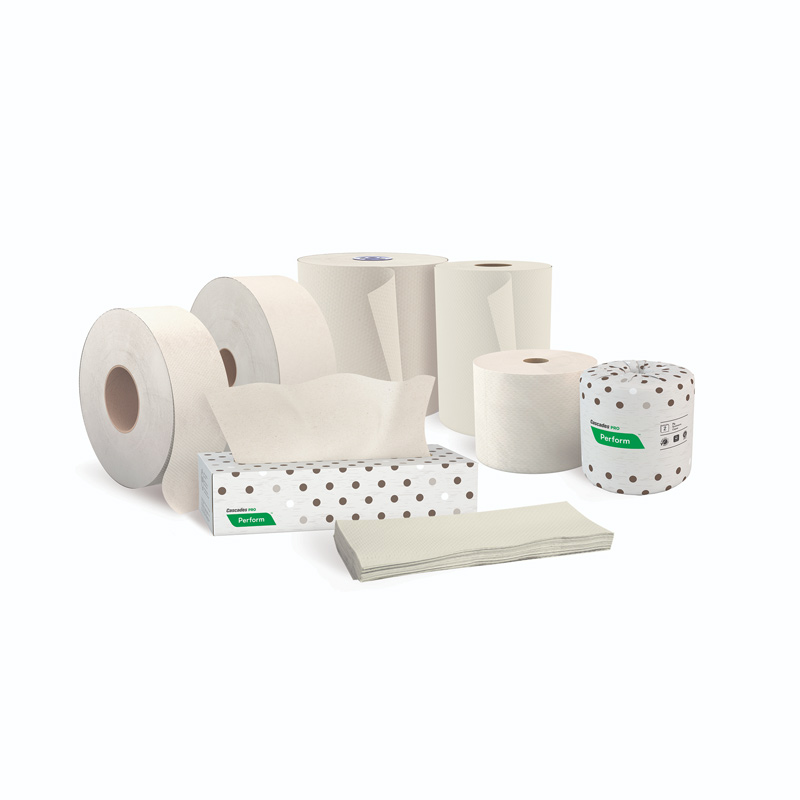
 +86 139-6715-0258
+86 139-6715-0258 
 Monday to Friday 8 am. to 6 pm.
Monday to Friday 8 am. to 6 pm. 
 English
English 中文简体
中文简体